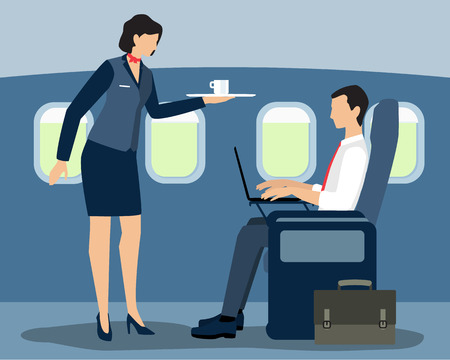Why you should pass on coffee and tea on a flight!
While it’s very tempting to enjoy a cup of joe or a spot of tea on a flight, there is cause for concern to reconsider that idea.
According to what a flight attendant to Business Insider, “they will not drink coffee or tea on board a flight.”
Here’s why….. the water used for coffee and tea come from tap water that is loaded onto the plane and stored in water tanks sourced from a water truck. Flight attendants say they never know when or how often the water tanks were cleaned.
In 2004 EPA sampled water from 158 planes and found that 13 percent contained coliform bacteria which are organisms that are present in the environment and in the feces of all warm-blooded animals and humans. If Coliform is found, that means there’s a good chance other disease-causing microorganisms are present. In addition, EPA investigators found a couple of airplanes with dangerous E.coli in the water.
As a result, changes were made requiring the airlines to use water sources that follow FDA guidelines.
Unfortunately, many in the airline industry feel regulations might not be making enough of a difference.
More planes were tested by the EPA in 2012 and 12 percent still tested positive for Coliform leaving many with the same feeling that the current EPA standards simply don’t go far enough or are sufficiently enforced.
Remember I mentioned the water trucks that deliver the water to the planes, well they too tested positive for microorganisms according to a 2015 study in the International Journal of Environmental Research and Public Health.
It was also determined in the study that long flights had more water contamination than short flights.
I know you’re thinking that heating the water would kill bacteria, right? Well, think again, while it may kill some, it won’t kill most.
Even though there haven’t been reports specifically citing water as a cause of illness from planes, it’s better to be safe than sorry.
Ja’Vonne

